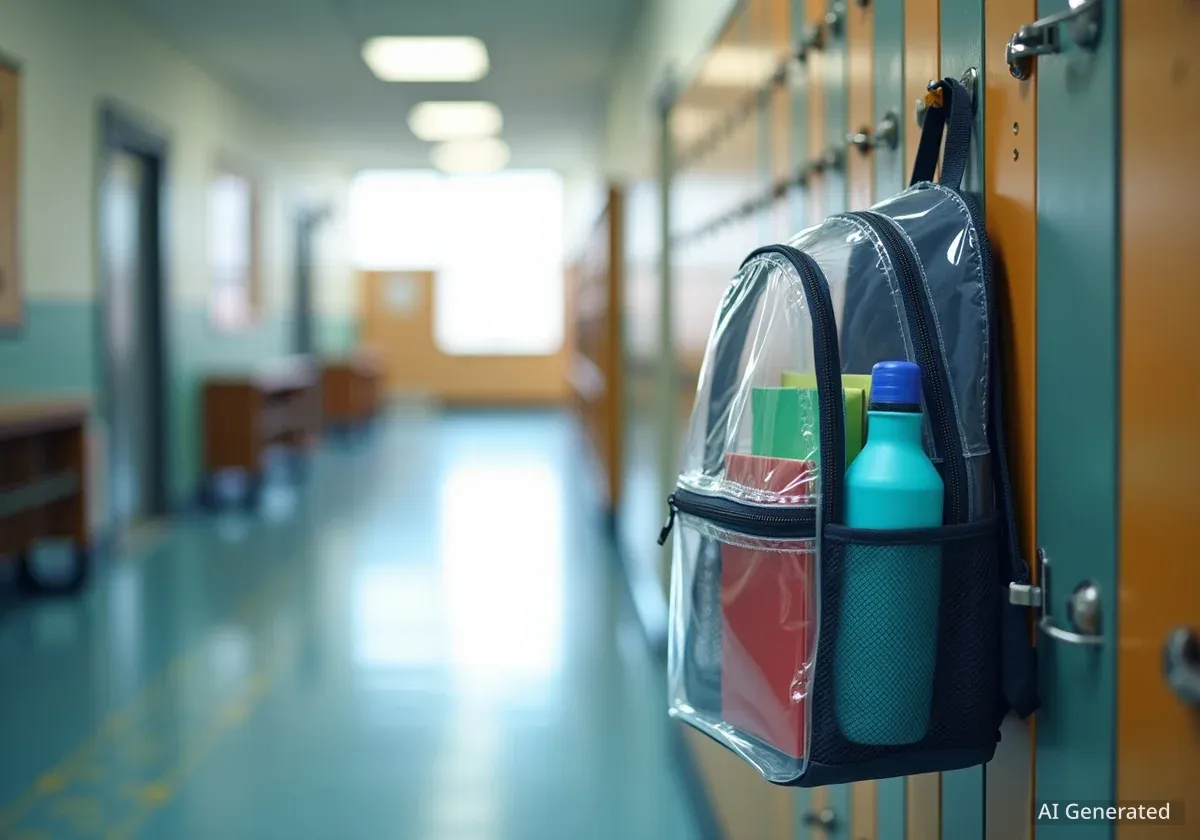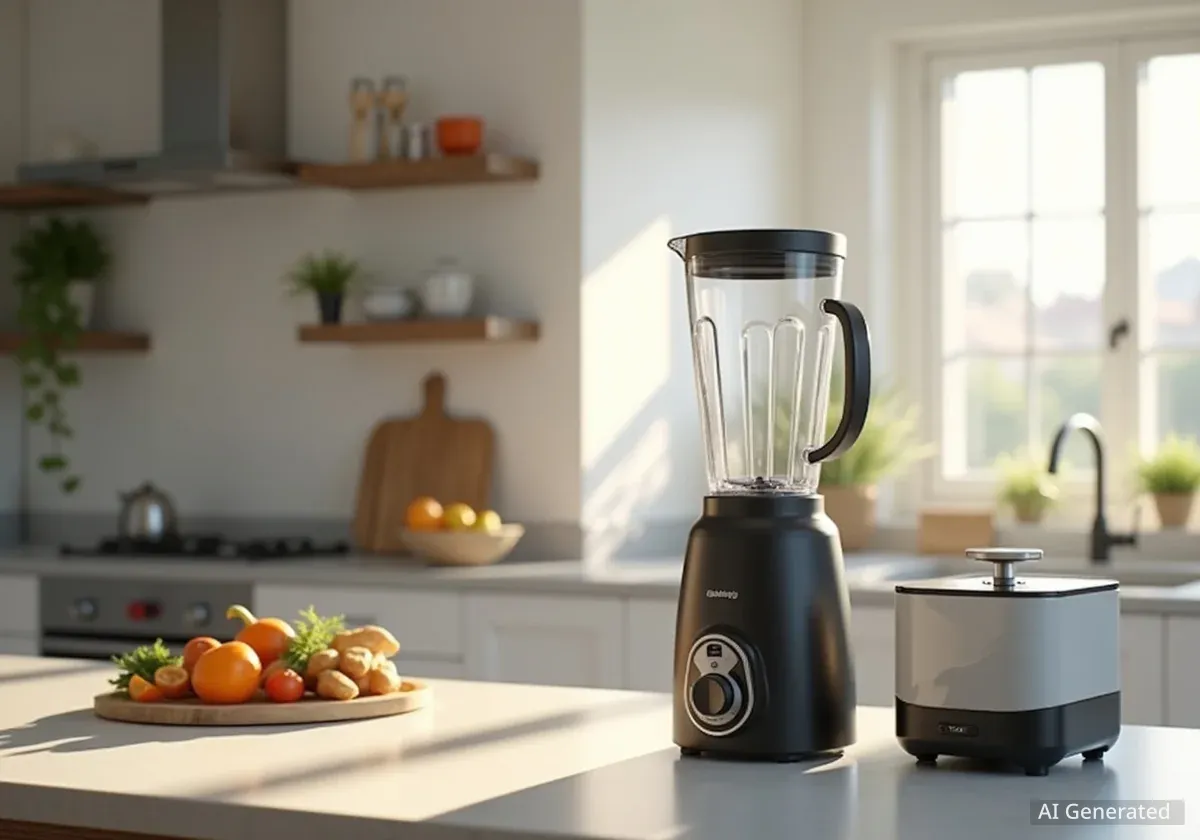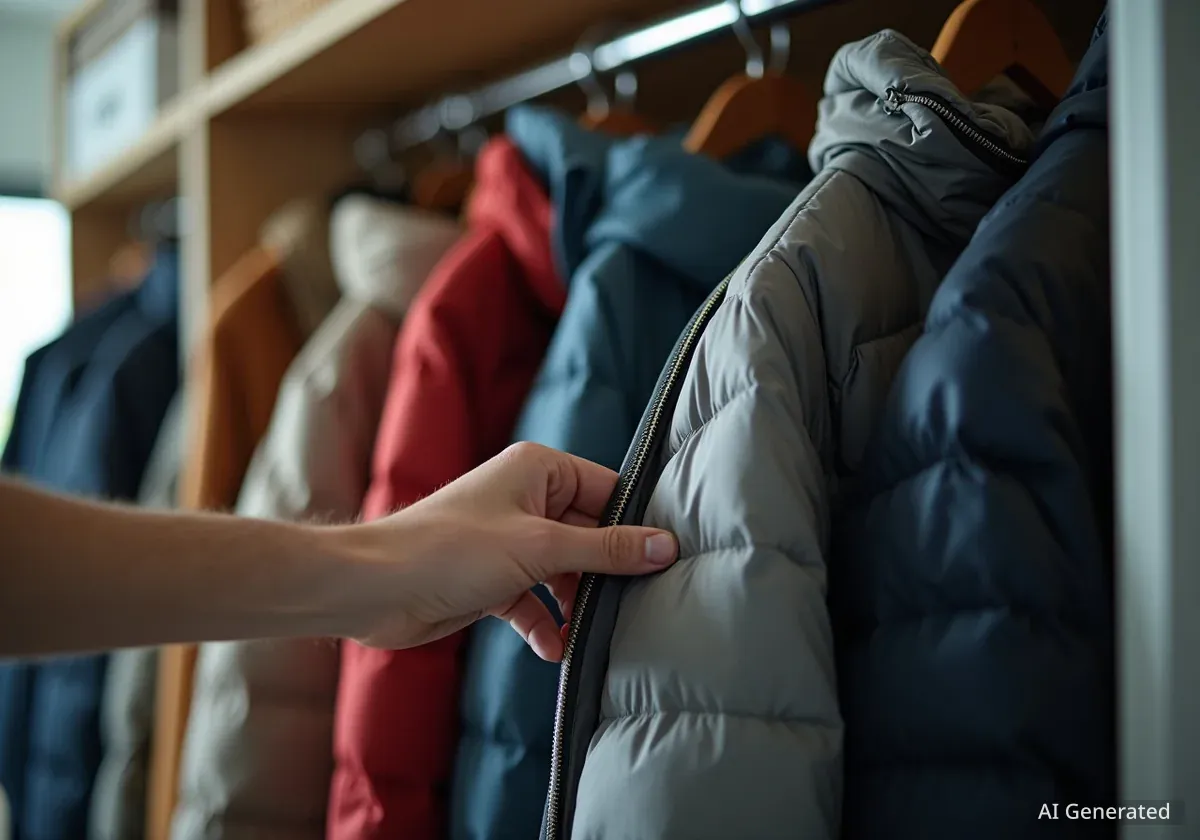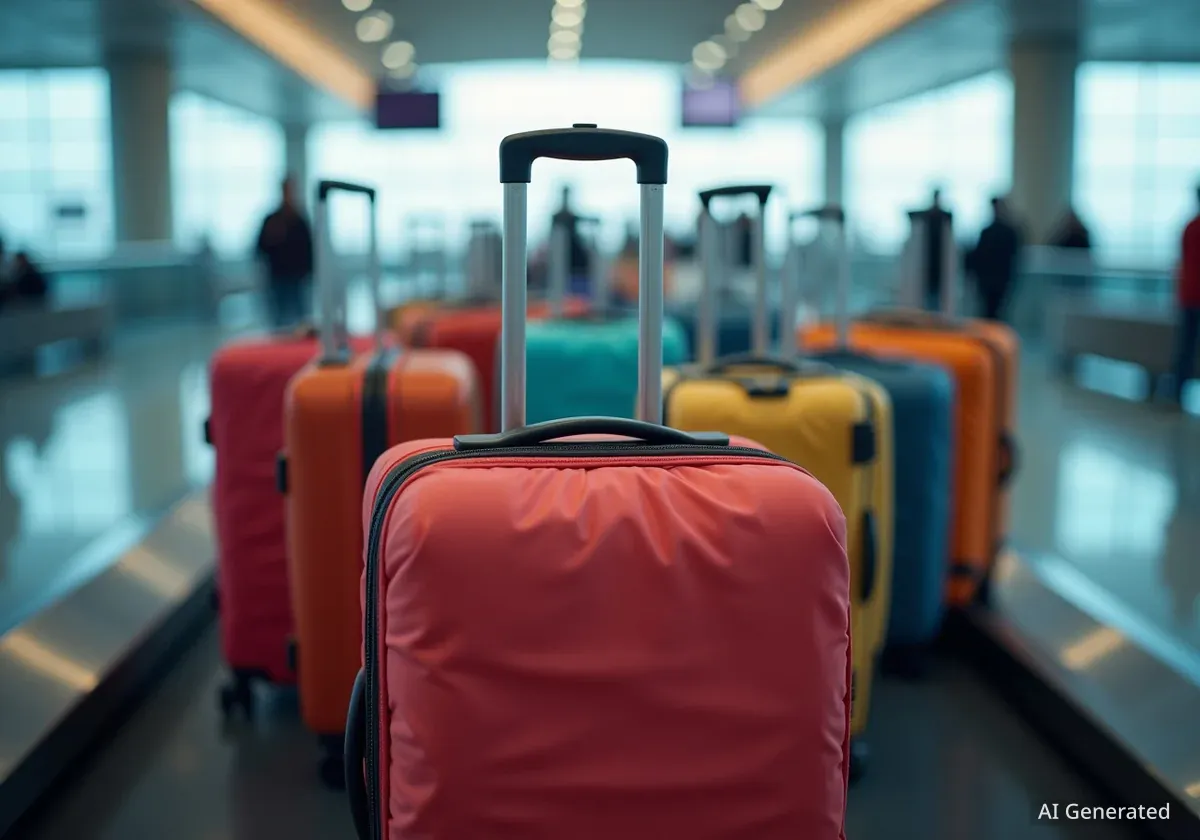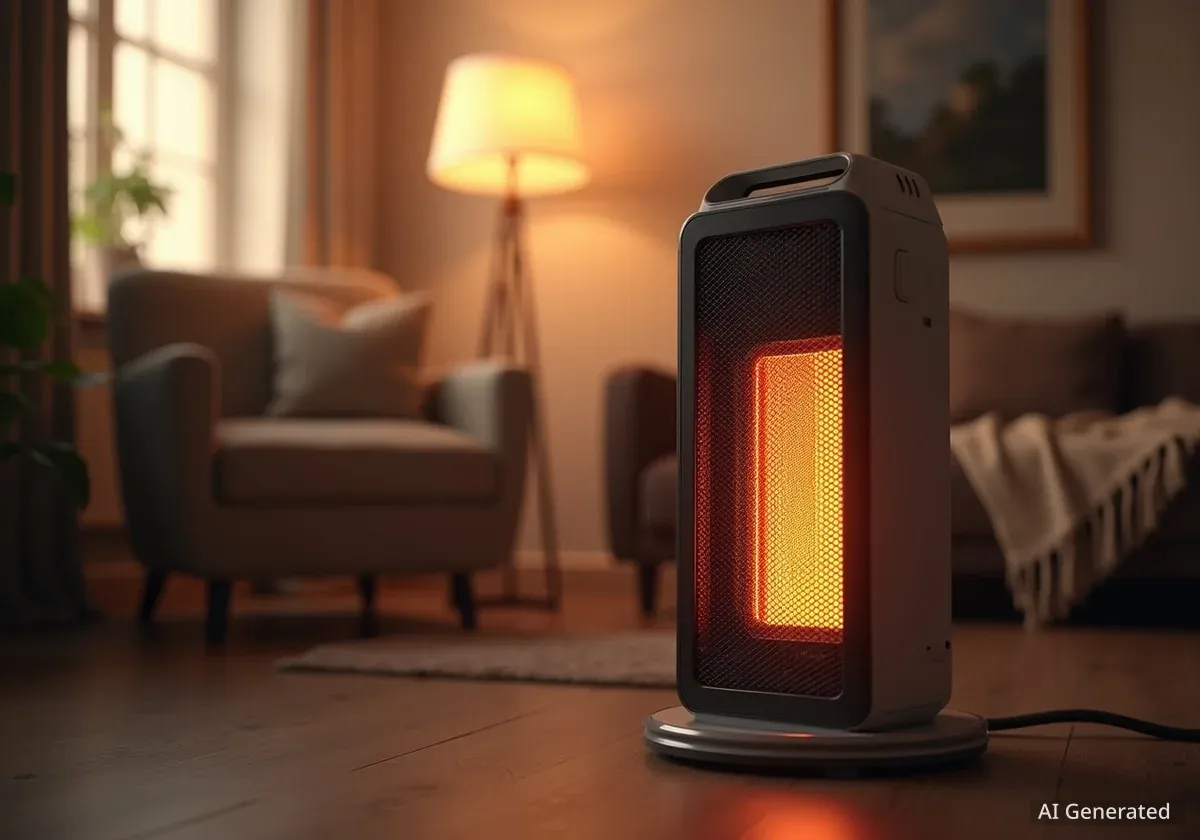Transparent backpacks are becoming an increasingly common sight at schools, sporting events, and concert venues due to enhanced security protocols. These bags, often made from durable PVC material, allow for quick visual inspection, streamlining entry processes while still providing practical storage for daily essentials.
Key Takeaways
- Clear backpacks are designed to expedite security screenings at venues with transparent bag policies.
- Key materials include Polyvinyl Chloride (PVC) for the transparent body and polyester for structural reinforcement.
- Standard models offer around 13 liters of storage, suitable for school books, daily commute items, and event necessities.
- Compartment design typically includes a main section, a front pocket, and side mesh holders for organization.
The Growing Need for Transparent Bags
In recent years, a growing number of public and private institutions have implemented clear bag policies. These rules are primarily a security measure, intended to prevent prohibited items from being brought into crowded spaces. Schools, stadiums, and large entertainment venues are the most common places where such policies are enforced.
The core benefit of a transparent bag is the ability for security personnel to see the contents without needing to open and manually inspect it. This significantly speeds up entry lines and enhances overall safety. For users, it means less time waiting and a smoother experience when attending events or entering a secured campus.
Why Clear Bag Policies Exist
Clear bag policies were widely adopted by organizations like the NFL to enhance public safety at large-scale events. The model has since been adopted by many school districts and concert promoters to create a safer environment by making it more difficult to conceal prohibited items.
Analyzing the Construction and Materials
A typical clear backpack is constructed from a combination of materials designed to balance visibility with durability. The main body is almost always made of Polyvinyl Chloride (PVC), a strong and flexible plastic that provides the necessary transparency.
To support the structure and add resilience, key areas like straps, seams, and the back panel often use 100% polyester fabric. This hybrid construction ensures the bag can withstand the weight of books and other items without sacrificing its primary function of being transparent.
Dimensions and Capacity
The standard size for a clear daypack is designed to be functional without being overly bulky. A common dimension is approximately 15.7 inches in height, 10.6 inches in width, and 7 inches in depth (40 x 27 x 18 cm). This size is adequate for holding textbooks, a tablet or small laptop, and personal items.
The internal volume, or capacity, is a critical factor. Many clear backpacks offer a 13-liter capacity, which is sufficient for the needs of a typical student or someone commuting to work. This volume allows for carrying essentials without encouraging over-packing, which could strain the PVC material.
Understanding Capacity
A 13-liter capacity is roughly equivalent to holding a few standard textbooks, a notebook, a pencil case, and a water bottle. This makes it an ideal size for daily school use or for packing essentials for a day trip or event.
Organizational Features and Layout
While the primary feature is transparency, a well-designed clear backpack also offers practical organization. Most models are structured with multiple compartments to help users separate their belongings for easy access.
The standard layout includes several key components:
- Main Compartment: This is the largest section, intended for books, binders, or larger items.
- Front Compartment: A smaller, zippered pocket on the front is useful for storing pens, keys, a phone, and other small items that need to be accessed quickly.
- Side Mesh Pockets: Typically found on both sides of the bag, these elastic pockets are designed to securely hold a water bottle or an umbrella.
- Internal Mesh Pocket: Some models include a small mesh pocket inside the main compartment for securing very small or valuable items.
"The compartmentalization of a backpack, even a clear one, is essential for functionality. It prevents items from becoming a disorganized jumble, which defeats the purpose of quick and easy identification."
Design and Personalization Options
Despite their utilitarian purpose, clear backpacks are not without aesthetic appeal. Manufacturers have introduced a wide variety of designs to cater to different tastes, particularly for younger users. The transparent PVC material serves as a canvas for printed patterns and colorful accents.
These designs allow for personal expression, transforming a security requirement into a fashion accessory. Common patterns include themes like animals, floral prints, sports motifs, and video game characters. The trim and straps are often produced in vibrant colors to complement the printed designs.
This personalization makes the bags more appealing to children and teenagers, who might otherwise be reluctant to use a purely functional, transparent bag. It also makes the bag easily identifiable for its owner in a school or event setting.
Practical Use Cases and Target Audience
The clear backpack is a versatile item with several primary use cases. Its design makes it suitable for a broad audience, from elementary school students to adult event-goers.
For students, it meets the security requirements of many school districts while being large enough to carry necessary supplies. For adults, it is an ideal solution for attending concerts, festivals, or sporting events where clear bag policies are in effect.
It also serves well as a general-purpose daypack for weekend outings or travel, especially when passing through security checkpoints at airports or public transit hubs is anticipated. The lightweight nature of the PVC and polyester construction makes it comfortable for extended wear.

